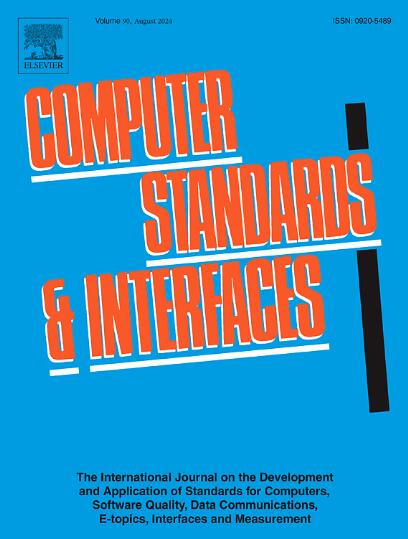Overview of methods to improve execution time in image steganography and watermarking
IF 3.1
2区 计算机科学
Q1 COMPUTER SCIENCE, HARDWARE & ARCHITECTURE
引用次数: 0
Abstract
The cybersecurity problems remain extremely relevant in the modern world. Every year image steganography and watermarking schemes are proposed that solve the problems of hidden confidential data transfer and image authentication, respectively. The authors attempt to maximize the main embedding indicators, such as capacity, invisibility, and robustness. However, in practice, the time effectiveness of embedding schemes also becomes paramount. Some schemes can provide outstanding embedding quality according to the main embedding indicators but have unsuitable time complexity for real-world applications. Others, on the contrary, aim to satisfy the requirements of real applications, sacrificing the main indicators in the process. Some authors manage to achieve the trade-off between embedding efficiency and algorithm complexity using special measures. Yet, in many works, these solutions are not covered in detail. In this paper, an overview of relevant studies in image steganography and watermarking, the authors of which apply various techniques for speed improvement, is presented. Algorithmic, software, and hardware approaches to improving computation time are analyzed separately, and the most widespread solutions are highlighted. The overview ends with promising research directions for improving the performance of additional information embedding into digital images in the context of execution time.
改进图像隐写和水印执行时间的方法概述
网络安全问题在现代世界仍然非常重要。每年都会提出图像隐写和水印方案,分别解决隐藏机密数据传输和图像认证问题。作者试图最大化主要嵌入指标,如容量、不可见性和鲁棒性。然而,在实际应用中,嵌入方案的时效性也变得至关重要。根据主要嵌入指标,有些方案可以提供出色的嵌入质量,但对于实际应用来说,时间复杂度不合适。另一些则相反,为了满足实际应用的要求,牺牲了过程中的主要指标。一些作者设法在嵌入效率和算法复杂度之间实现折衷。然而,在许多作品中,这些解决方案并没有详细介绍。本文概述了图像隐写和水印的相关研究,作者们应用了各种技术来提高速度。分别分析了改进计算时间的算法、软件和硬件方法,并强调了最广泛的解决方案。最后概述了在执行时间的背景下提高嵌入到数字图像中的附加信息的性能的有前途的研究方向。
本文章由计算机程序翻译,如有差异,请以英文原文为准。
求助全文
约1分钟内获得全文
求助全文
来源期刊

Computer Standards & Interfaces
工程技术-计算机:软件工程
CiteScore
11.90
自引率
16.00%
发文量
67
审稿时长
6 months
期刊介绍:
The quality of software, well-defined interfaces (hardware and software), the process of digitalisation, and accepted standards in these fields are essential for building and exploiting complex computing, communication, multimedia and measuring systems. Standards can simplify the design and construction of individual hardware and software components and help to ensure satisfactory interworking.
Computer Standards & Interfaces is an international journal dealing specifically with these topics.
The journal
• Provides information about activities and progress on the definition of computer standards, software quality, interfaces and methods, at national, European and international levels
• Publishes critical comments on standards and standards activities
• Disseminates user''s experiences and case studies in the application and exploitation of established or emerging standards, interfaces and methods
• Offers a forum for discussion on actual projects, standards, interfaces and methods by recognised experts
• Stimulates relevant research by providing a specialised refereed medium.
 求助内容:
求助内容: 应助结果提醒方式:
应助结果提醒方式:


